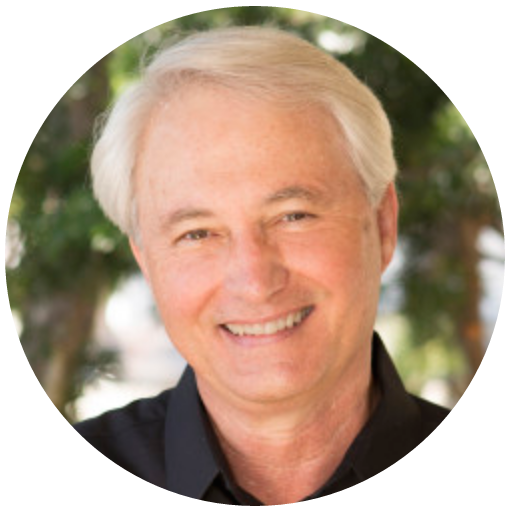Organize
The Organize Backstory
My Doctor of Ministry studies were in organizational leadership. I wrote my theses project on how the staffing changes as a church grows from 2000 to 6000. My focus was on the church, not business. But when an opportunity presented itself for me to meet with a professor of business at Cal Poly SLO, I did. To my surprise, I discovered that the same dynamics leaders had observed in business were also at work in the church: the dynamics of size, the natural progression of growth and decline, transitional vs incremental growth, etc. I was introduced to organizational design—which became a considerable interest once I finished my degree. Subsequently I developed my 8S Organizing Paradigm. Later I discovered that the same eight principles that govern organizational design apply to one’s personal life as well. This resulted in the LaMP: Life and Ministry Plan. Below you can explore the elements of this model and try out some of the exercises I am developing to help people implement them both professionally and personally. I hope to put this material into a workshop to help people plan their lives and ministries more effectively

The 8S Organizing Paradigm
Signature answers the question: “Who are we?” It describes your identity. This includes your history, values, culture, competencies and brand—what makes you unique from other groups. Your signature brings with it strengths and weaknesses and presents internal opportunities and threats.
Your setting answers the question: “Where are we?” It describes the environment in which you operate: physical, economic, historical, cultural, political and social. Your setting provides you with demands, constraints, opportunities and threats.
Services answers the question: “What do we produce?” Included are the services, programs, and products you develop and market to impact your setting.
Strategy answers the question: “Why are we here and what do we want to do?” Long-term, it involves your mission and vision, target audience, and ultimate desired outcomes. Short-term it includes your strategic initiatives and immediate goals.
Strategy is deciding what needs to be done. It is followed by an action plan that includes: dividing the work into component parts (structure), assigning those to the best qualified people (staff), giving them the resources they need (stuff), and coordinating their efforts (systems) to accomplishe the goal.
Structure answers the question: “How will we divide and assign our work?” Typically groups will organize by functions (activities), markets (users) or output (products and services). The organizational life-cycle is also a consideration.
Staff answers the question: “Who will we get to do the work?” It involves the recruiting, training and placing of personnel, with the goal of having the right person in the right place. It represents the allocation of human resources.
Stuff answers the question: “What will we need to do the job?” It involves the requisition, allocation, and tracking of physical, technological and financial resources. It is providing the staff with the resources they need to get the job done.
Systems answers the question: “How will we coordinate our efforts?” It describes the procedures for handing routine operations. The goal is to achieve quality, efficiency, and effectiveness.

